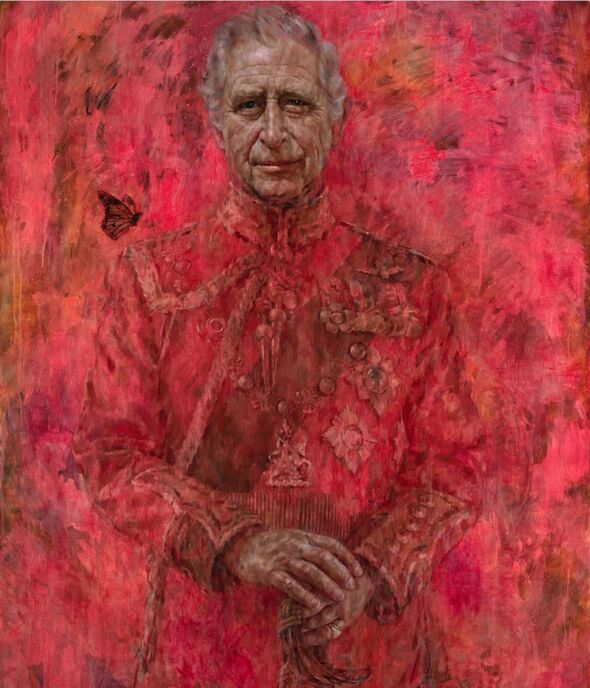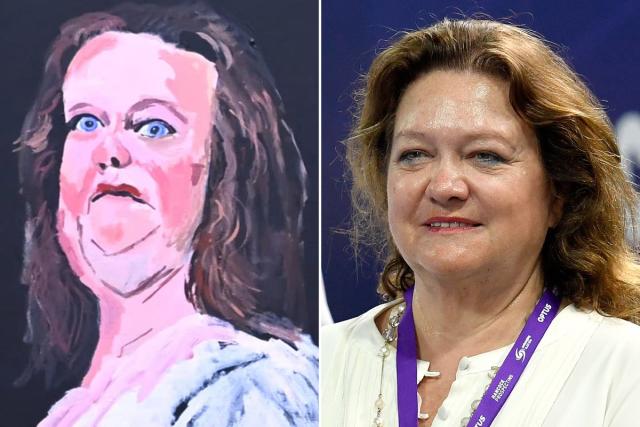The unveiling of a new portrait of King Charles III has captured the attention of art enthusiasts and royal admirers alike. This stunning piece, rich with detail and symbolic meaning, offers a modern take on traditional royal portraiture. Let’s delve into the aspects that make this painting a remarkable work of art.
Composition: A Blend of Tradition and Innovation
The composition of the portrait is a masterful blend of traditional and innovative elements. King Charles III is centrally placed, ensuring that viewers’ attention is immediately drawn to his face and upper body. His hands are gently clasped, suggesting a calm and dignified demeanour. This posture conveys a sense of regality and grace, fitting for a monarch.
Color: The Majesty of Red
Red dominates the painting, a color often associated with royalty, power, and passion. The various shades of red and pink create a sense of depth and texture, making the portrait feel vibrant and alive. The contrasting tones, particularly around the face, highlight the King’s features, adding a layer of realism and humanity to the work.
Technique: Realism Meets Abstraction
The artist has skillfully blended detailed realism with abstract elements. King Charles III’s facial features are rendered with high detail, capturing his likeness and character. In contrast, the background and the uniform are more abstract, with swirling patterns and less defined forms. This juxtaposition adds a dynamic quality to the painting, making it visually engaging and contemporary.
Symbolism: Layers of Meaning
One of the standout features of this portrait is its use of symbolism. The butterfly, subtly included in the background, represents transformation and rebirth—an apt metaphor for King Charles III’s new role as monarch. The intricate details of his military uniform, adorned with medals and decorations, emphasize his position and the responsibilities that come with it.
Emotional Impact: A Regal Presence
The portrait successfully captures a range of emotions. The serene yet solemn expression on King Charles III’s face suggests both the honor and the burden of his role. The warm red hues evoke a sense of warmth and passion, while the overall composition elicits respect and admiration for the subject.
Conclusion: A Modern Masterpiece
This portrait of King Charles III stands as a testament to contemporary portraiture that honors traditional techniques while embracing modern elements. It captures the essence of the King, not just in physical likeness but also in conveying his stature and the significance of his role. The bold use of color, the blend of realism and abstraction, and the symbolic elements all contribute to making this a powerful and effective portrayal.
In conclusion, the new portrait of King Charles III is more than just a depiction of a monarch; it is a work of art that speaks to the viewer on multiple levels. It’s a piece that deserves to be celebrated and appreciated for its artistic merit and its profound connection to the subject it represents.
























